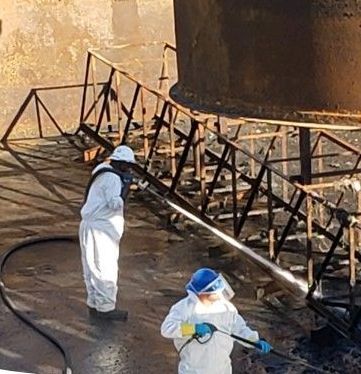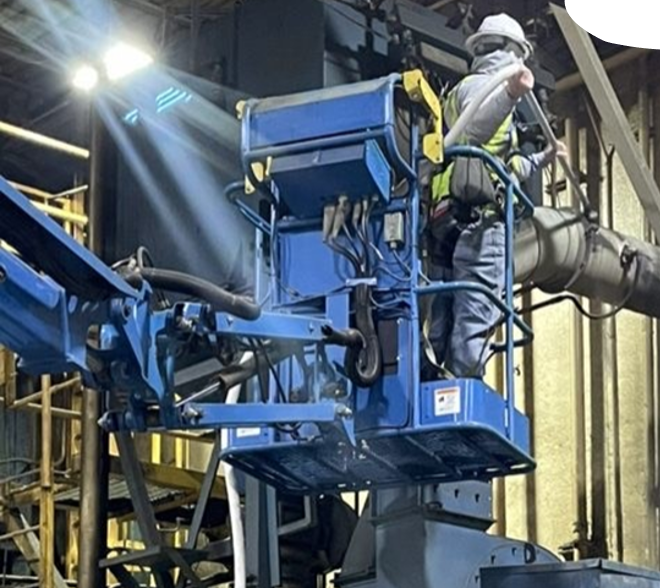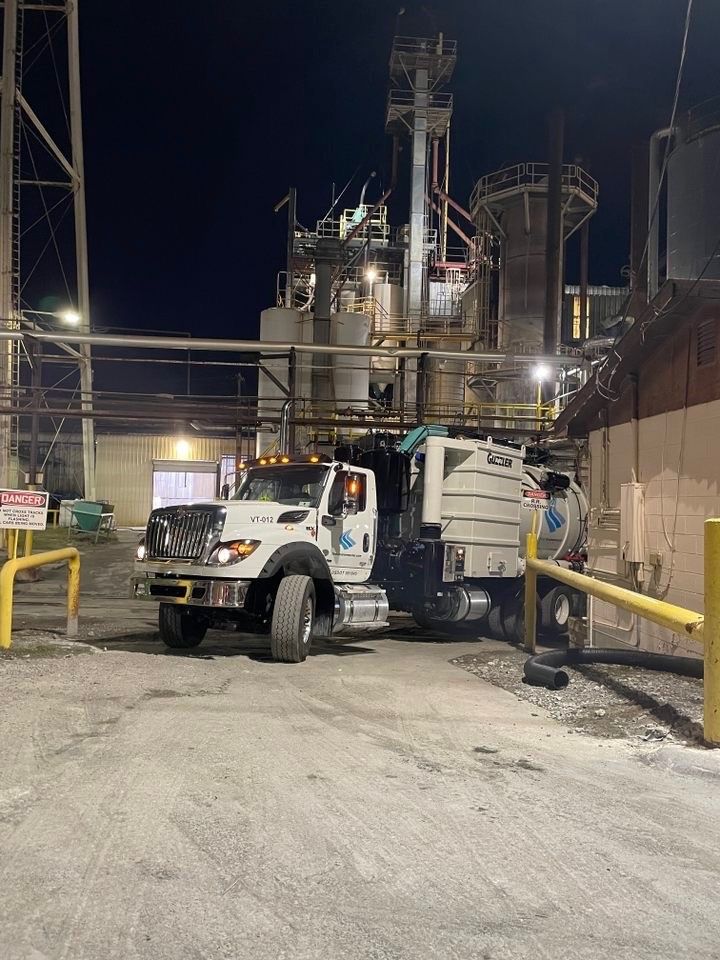Water Treatment and Wastewater Treatment
Our clients turn to us when they need help. Within the water treatment services industry, this can be a bunch of different things. Terms such as aeration basins, thickeners, clarifiers, vaults/wells, trenches, influents, effluents, neutralization tanks, sedimentation, drying beds all have their place.
When evaluating and performing such cleaning projects, it is critical to have experience in scoping and providing clients’ effective results. Then taking care of their needs with quality, efficiency, and safety. The following is a breakdown of services in these areas and how we support the business:
- Tanks
- Aeration basins
- Thickeners
- Clarifiers
- Vaults
- Wells
- Trenches
- Influents/Effluents/Piping/Drains
- Caustic/acid rooms
- Neutralization/Equalization tanks
- Drying beds
- Skimmers/Oil-Water Separators

First, Environmental uses vacuum trucks, water blasters (PW, 10K, 20K), skid steers, and hard work to address these specific areas of attention within water treating facilities.
Our teams have real-world experience cleaning each of the above and solving our customers’ most challenging problems.
Our mission: Exist for our Customers by Fixing Their Problem and Making Them Happy.
Our goal: To be the most desired industrial cleaning service.





